Coptic Museum
Design, display and installation of multifunctional totems
2009The Coptic Museum was built in 1908 and underwent a comprehensive restoration which lasted over five years and reopened to the public in 2006.
The museum founders created the Coptic Museum to house all the materials necessary to study Christian history in Egypt. The museum is located within the walls of the fortress of Babylon, part of the old city walls built by Emperor Trajan in 98 A.D., which also houses the old churches of Cairo: St. Sergius and St. Barbara of the 4th century and the Hanging Church “El Muallaqa” of the 6th century period.
The museum occupies an area of 8,000 square meters and has a collection of more than 16,000 works of art. Many of which have been donated by members of the Coptic community or as in the case of architectural works, were taken from Coptic palaces. Inside the museum is considered the largest collection in the world of Coptic Art including 6,000 papyrus manuscripts of which the most important are the Psalms of David and the manuscripts of Nag Hammadi.

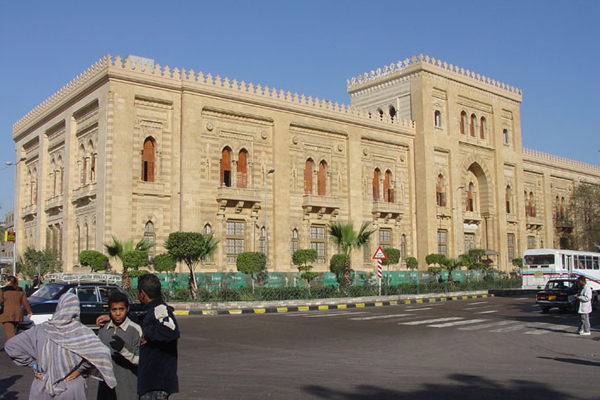
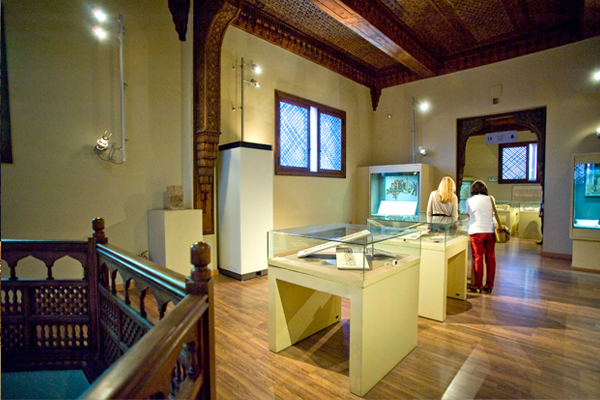
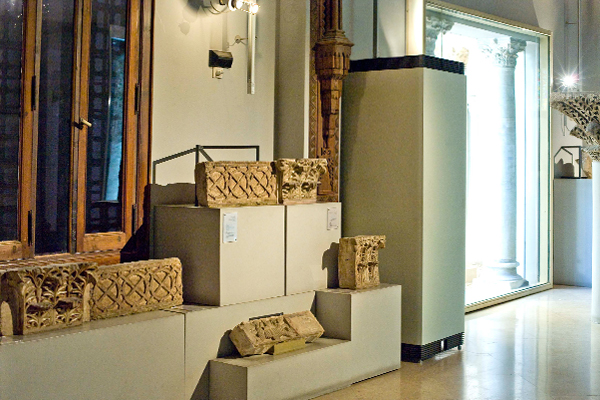
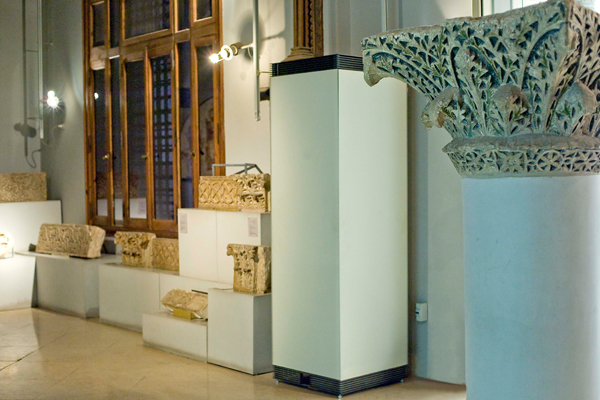
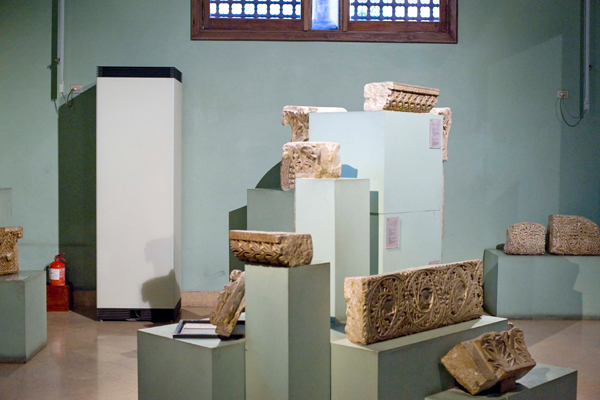
 Museum Engineering S.R.L.
Museum Engineering S.R.L.